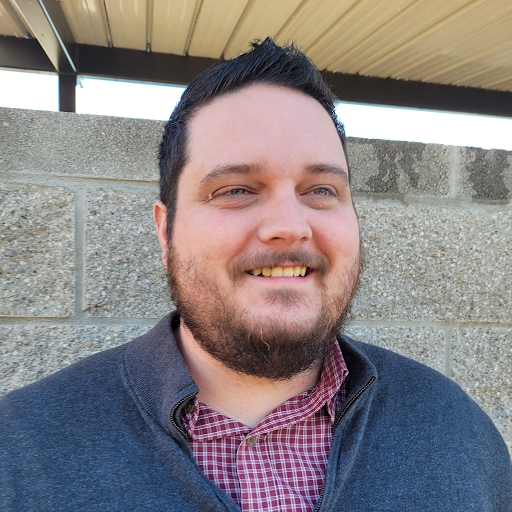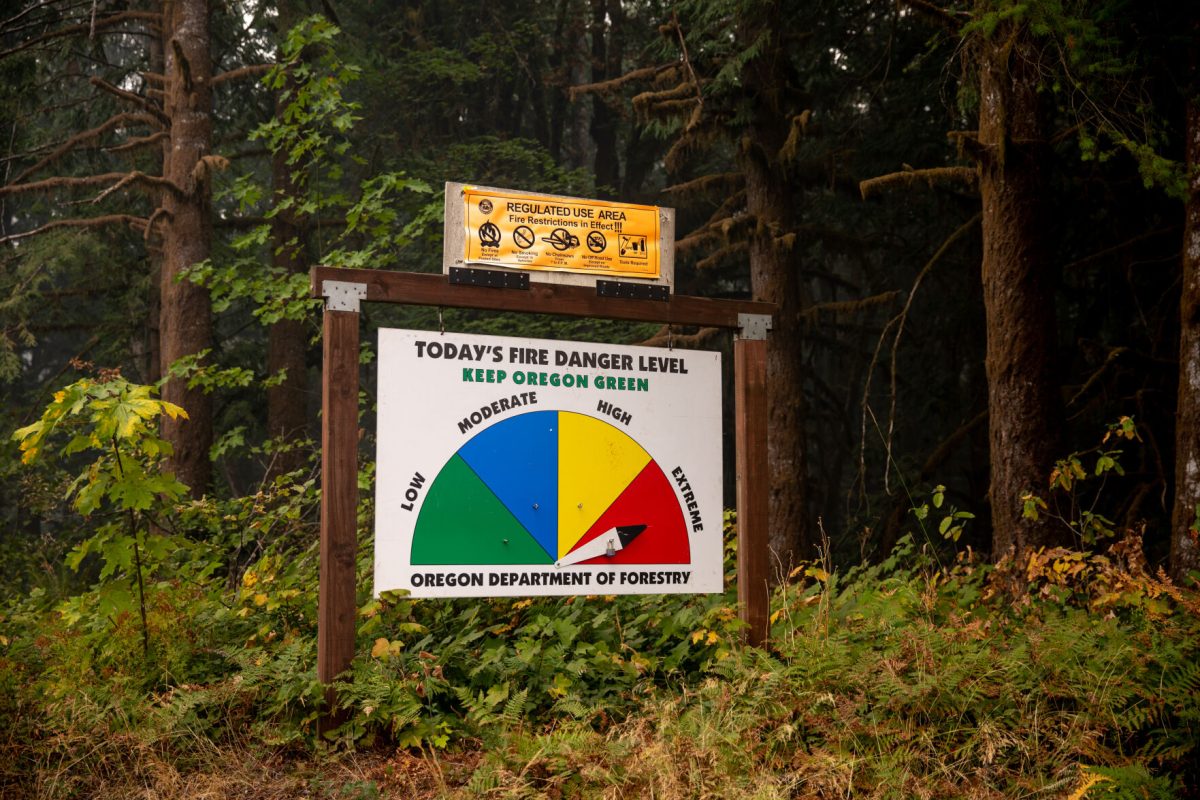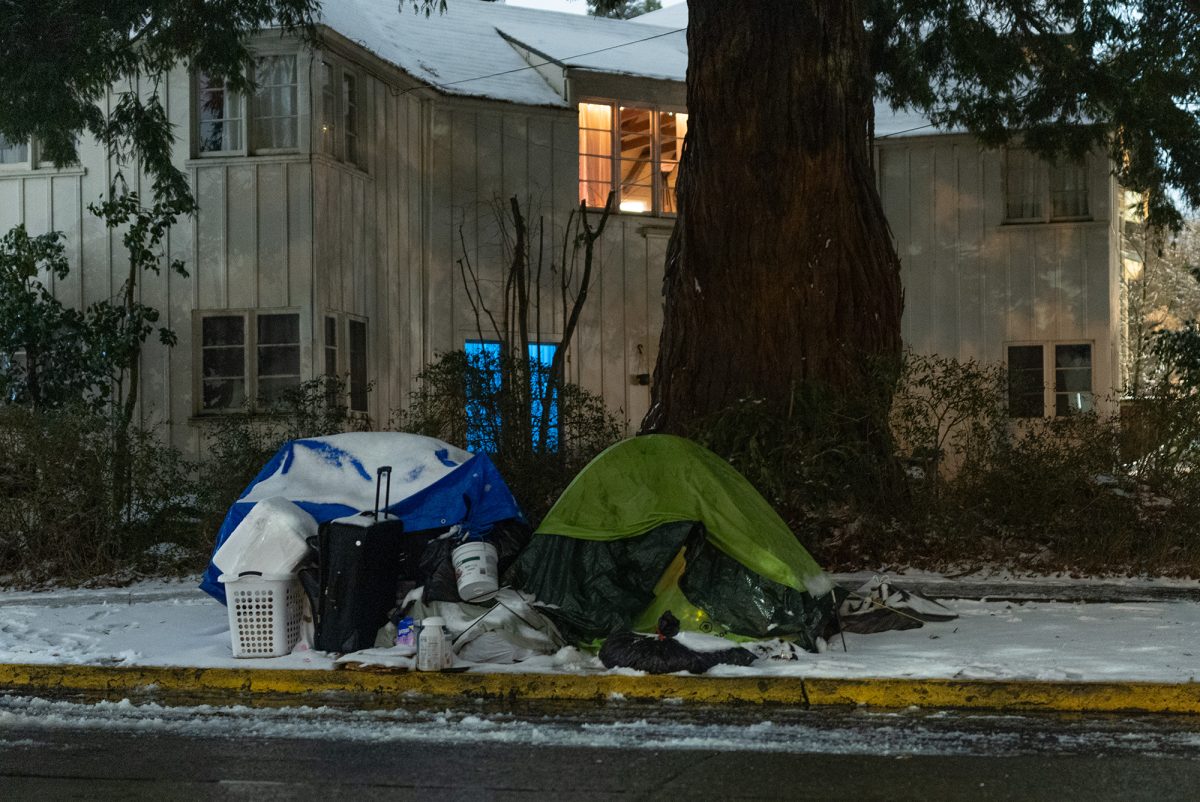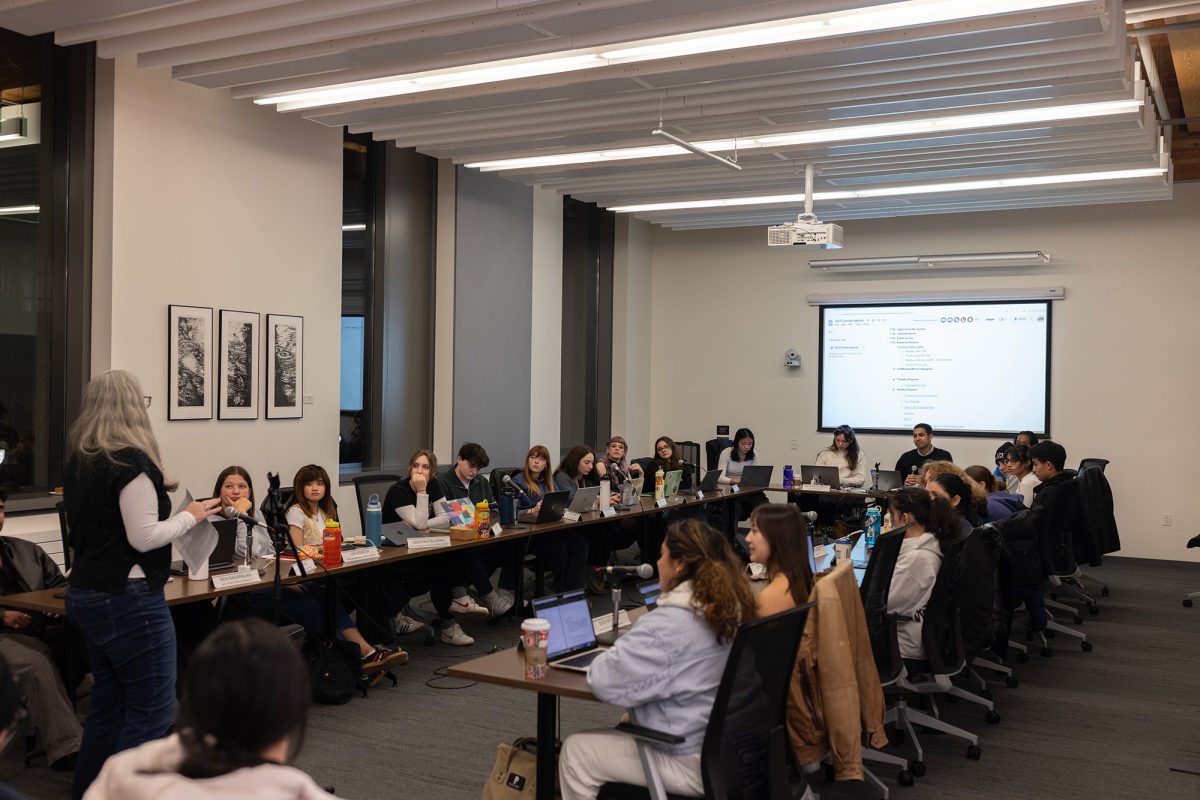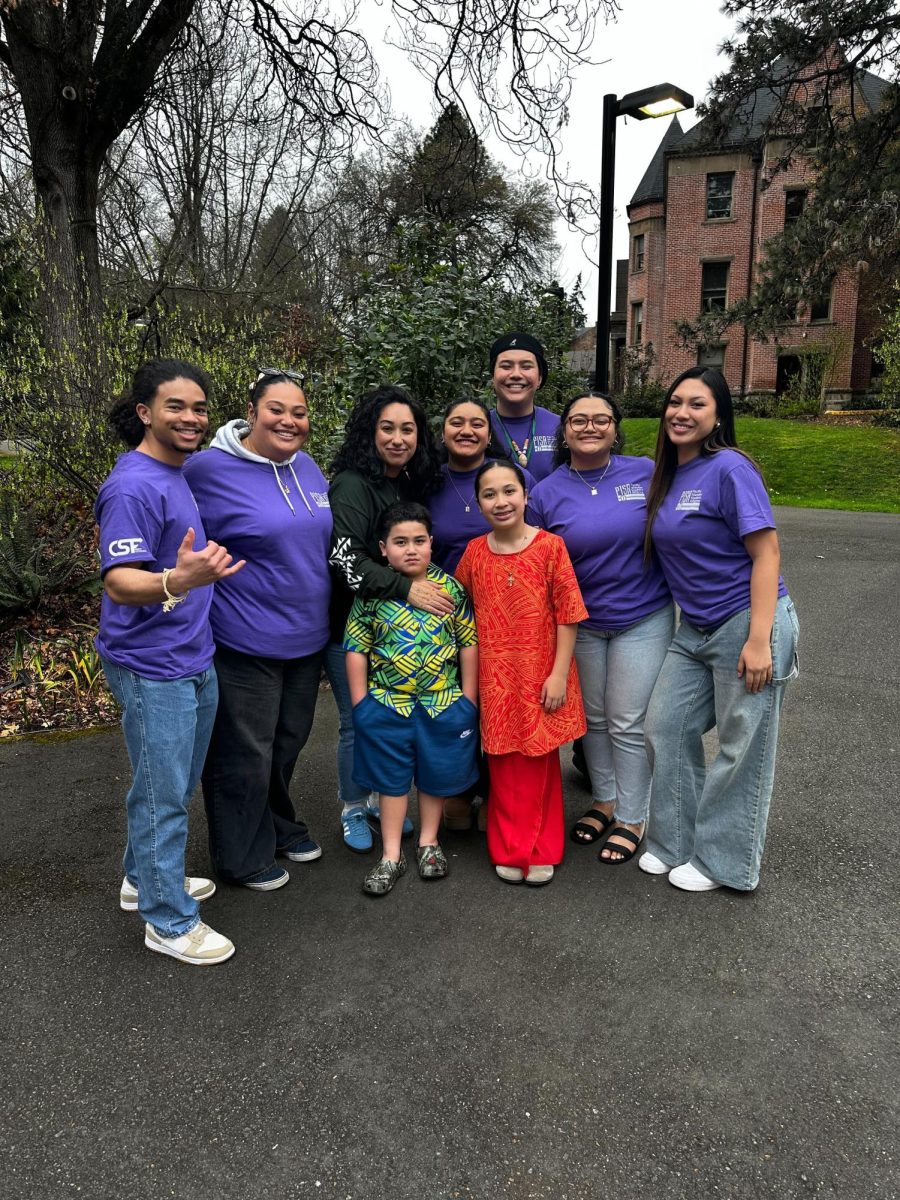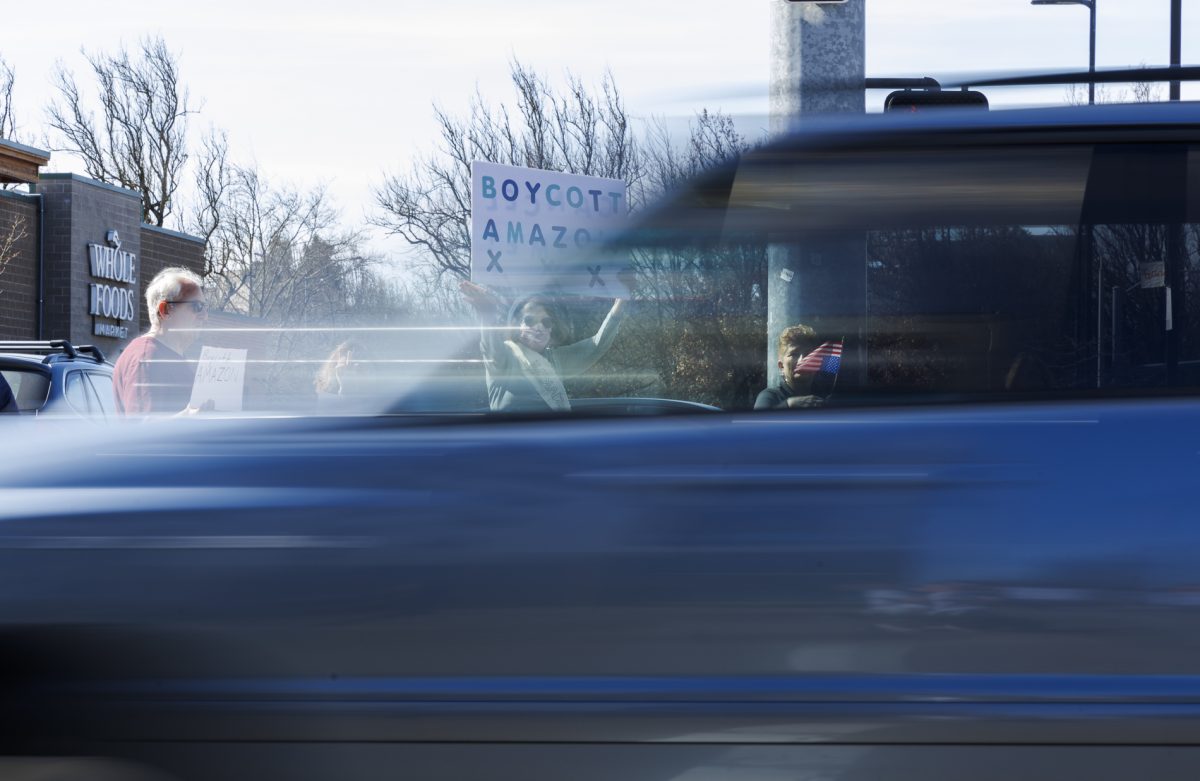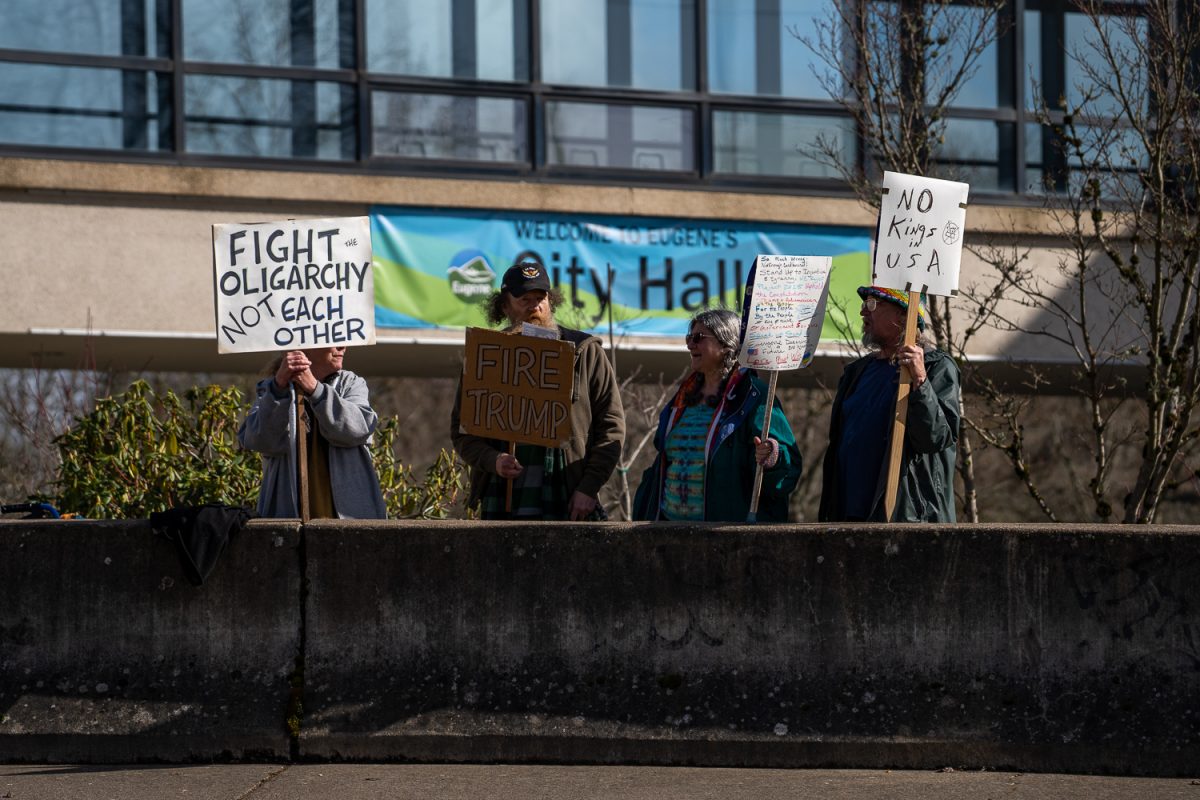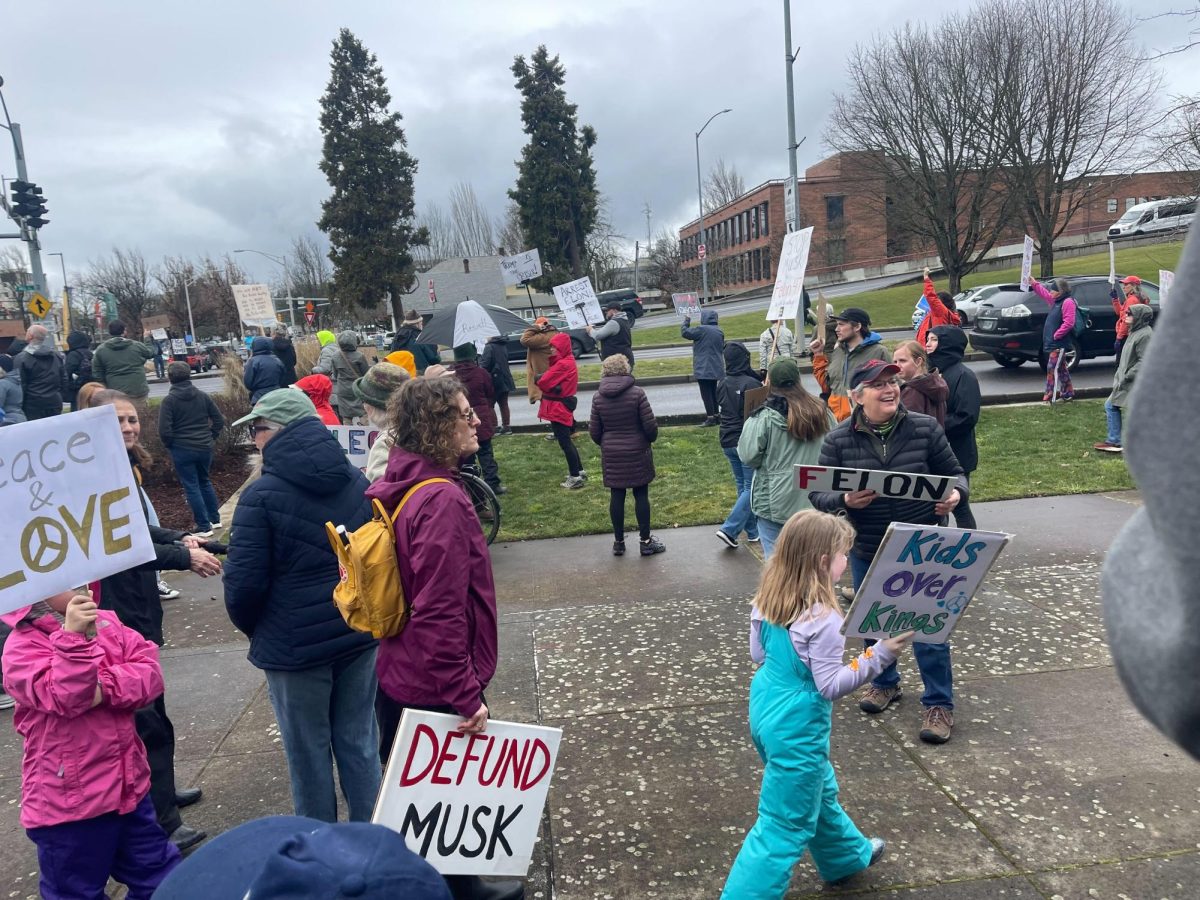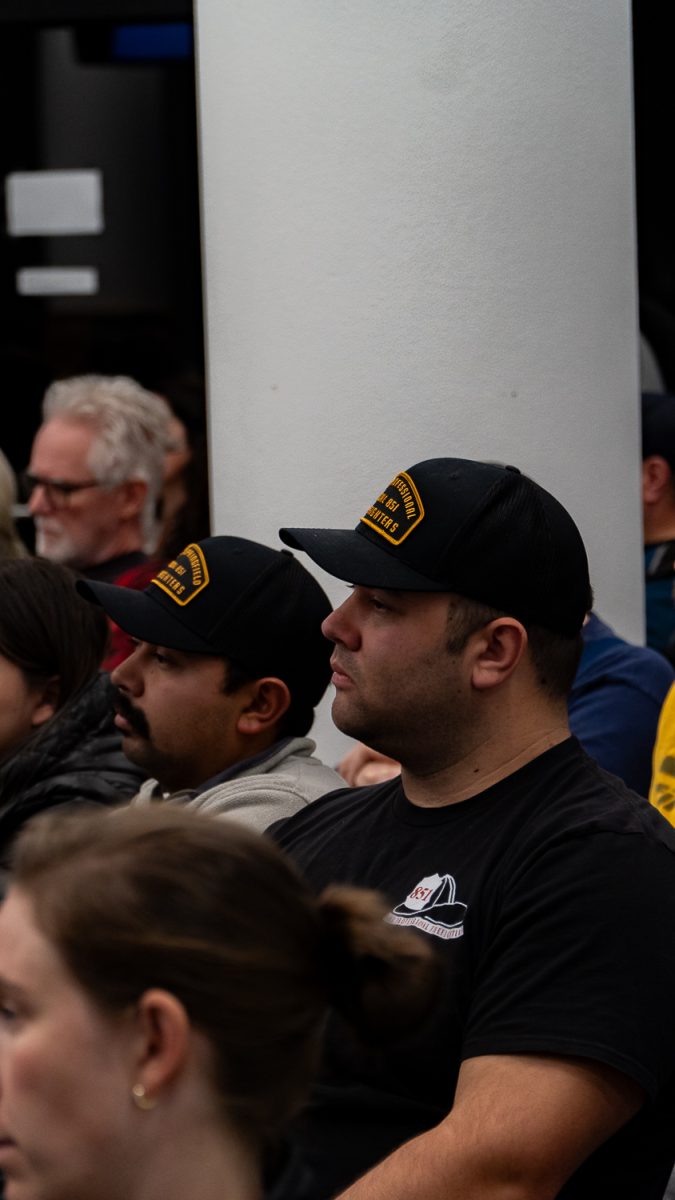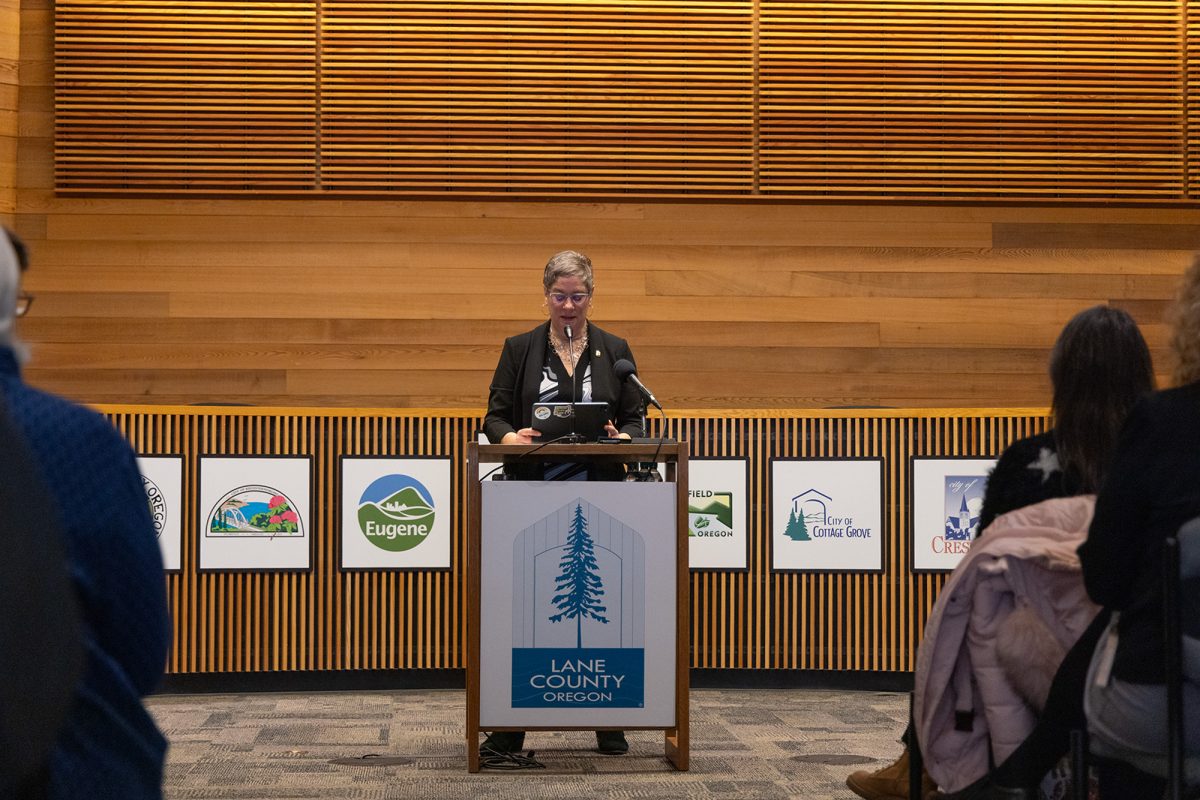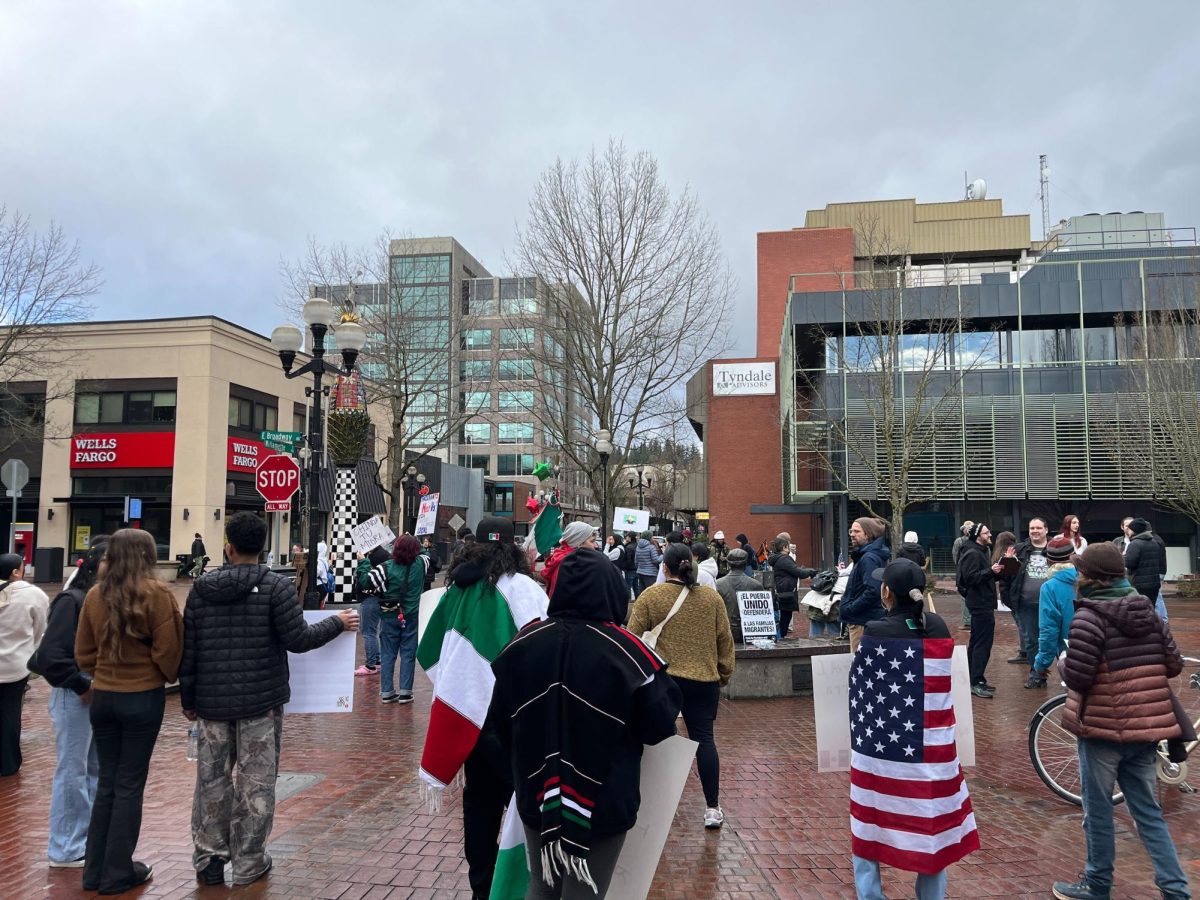The Eugene City Council unanimously passed a landmark ordinance for 300 new “safe tent” and 200 new “safe parking” spaces for unhoused individuals April 28. Each site will hold up to 40 tents or up to 60 vehicles. The goal is to use temporary funding from the CARES Act to create new spaces that will remain operational even when this money runs out.
“This is in response to finally waking up to the reality that we need to have a place for people to go,” City Councilor Emily Semple said.
Lane County received $6.75 million from the CARES Act in April. This project is estimated to cost between $6.1 million and $9.6 million in one-year costs and between $5.2 million and $6.1 million each following year.
The city can immediately implement the ordinance and will discontinue it on May 1, 2023, unless extended. This temporary, rushed action will work together with long-term legislation like the Technical Assistance Collaborative (TAC), a coalition of city departments that researches the Eugene unhoused status and develops resources with no time limit.
The COVID-19 pandemic has made the unhoused crisis a top priority for the community. The Homeless By-Name List, which lists all unhoused people who access services in Lane County, showed a steady decline of unhoused individuals from 2019 to 2020. But the pandemic brought numbers right back up. Currently, 3,818 individuals are unhoused in Lane County, with 2,470 of those residing in Eugene, according to Lane County Human Services.
Financial hardships increased the number of unhoused people in the county mid-2020. In accordance with CDC guidelines, shelters reduced capacity to allow for proper distancing and the city temporarily limited enforcement of urban campsites in the fall, allowing individuals to remain in their camps, even if it was unlawful. Additionally, more than 100 new spaces were created in the form of rest stops and smaller campsites, but the crisis persisted.
As housed community members spent more time at home, the city saw a spike in “requests for service” regarding unhoused individuals in response to garbage, illegal activity, blocking the right of way and other reports. Where a normal month may see around 200 requests, the city in recent months received more than 1,000 per month.
“We’re trying to find that balance right now, specifically, to meet the needs of the housed and the unhoused,” Eugene Public Affairs Manager Brian Richardson said.
All of these factors led to large congregations of unhoused people in Washington Jefferson Park and 13th and Chambers Street, according to the ordinance. The city hopes to return these places back to their intended use, but only if there is an alternative place for the unhoused people there to go.
Implementation is currently in the beginning stages — the city is still looking for sites, which could be an empty lot, a parking lot, a warehouse or any other site that the council deems appropriate, with a focus on proximity to services like bike lanes and transit. Since the city does not own spaces suited for this initiative, it will have to lease or buy the properties with council approval. The recent ordinance included a change in zoning policy to allow for larger camps and more spaces to be considered in this search.
Specific services will vary based on the type of site, and the type of site will vary based on the land the city acquires. The city will provide basic services like water, restrooms — likely portable toilets — and garbage pickup.
The city will continue to consult with social service providers to determine the best course of action. Tod Schneider, director of Community Supported Shelters, said he is proud of this action but has some reservations about its implementation.
“It is historic in its intentions,” he said. “In decades and decades of urban crises surrounding homelessness, it’s rare that municipalities step up to the plate enough to really say ‘we’re going to do something more than a token investment. We’re going to make a big investment of time, energy, and resources.’”
However, CSS normally operates with much smaller camps — rarely having more than 20 people in one group — and takes a gradual approach, starting with six or seven people and adding once a culture of respect is established. This helps the communities be successful in supporting one another’s goals and self-regulating when conflicts arise.
While the city wants to move quickly to respond to this urgent need, Schneider encouraged learning from this model. “If we move too big too fast without proper resources, we risk failure,” he said.
The city has been in contact with CSS and other social service organizations and plans to continue using this bank of knowledge as the process continues.
Semple said all involved parties are trying to work on their respective responsibilities as they look for sites.
“Are the money people figuring out the money? Are you talking to the service providers? Do we have the port-a-potty company on alert? How are they going to be run? What’s the admission form look like?” she said.
She hopes that once sites are found, they can begin to fire on all cylinders and make spaces available for those who need it.
“This is a first step and I hope it will lead to some really good outcomes,” Semple said. “It’s nice just to see this step getting taken because I know it’s been a long time coming.”




